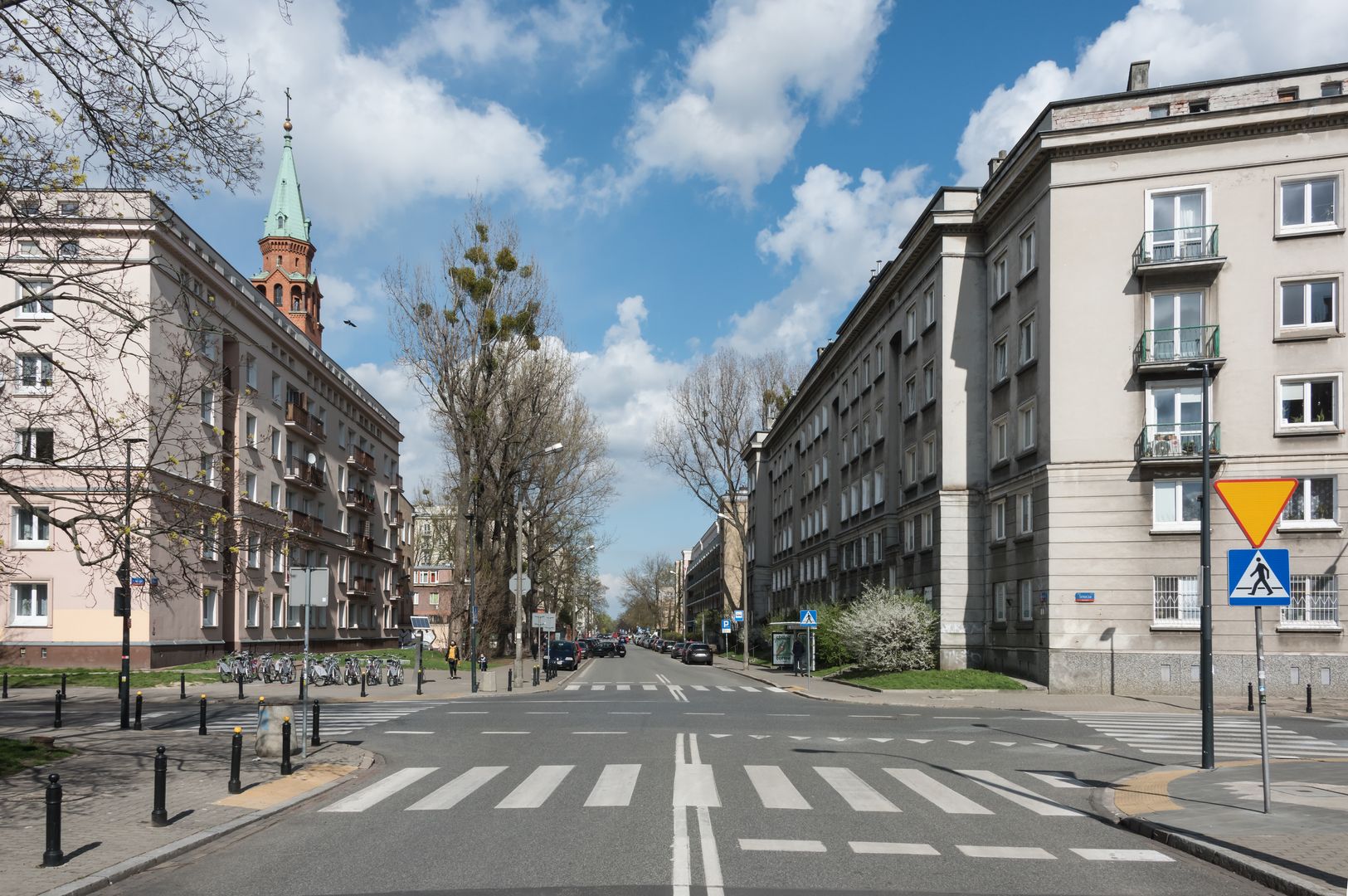Nowolipki Street in Warsaw
6.09

Overview
Nowolipki Street in Warsaw, established after 1624, was initially a sparsely built road leading from Nalewki. The area was characterized by gardens, which led to its unofficial name "Ogrodniki" (The Gardeners). In 1770, it received its current name, and its regulation and extension to Wolność Street were carried out by surveyor Maciej Deutsch. As early as the 18th century, significant buildings were constructed along the street, including a penal warehouse and later the barracks of the Crown Artillery Guard. Nowolipki gained architectural splendor in the 19th century when numerous tenement houses were built, along with the Church of St. Augustine, distinguished by its 70-meter tower in the Lombard Romanesque style. Between 1840 and 1945, the street served as the headquarters of numerous institutions and companies and was also home to the family of Maria Skłodowska-Curie. Interestingly, in 1914, Nobel Peace Prize laureate Józef Rotblat moved into tenement house No. 53. During World War II, Nowolipki was part of the Warsaw Ghetto and lay in ruins after the uprising. The post-war period brought urban changes, resulting in the destruction of many historic buildings and the rise of new housing estates in their place. In 2021, a memorial commemorating the first part of the Ringelblum Archive was unveiled in the square at Nowolipki, restoring the memory of important historical events associated with this location.
Location
Tickets
Powered by GetYourGuide
2025 Wizytor | All Rights Reserved